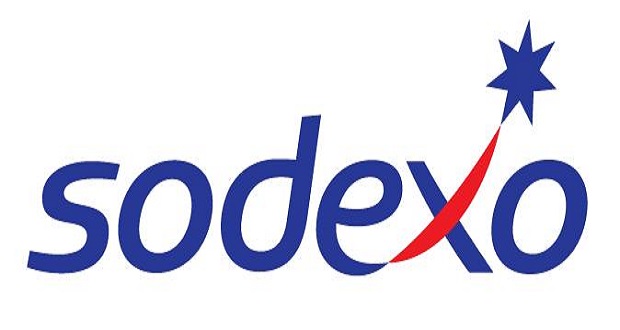
Strategic partner Kevin Carter has introduced the concept of disruptive inclusion, adapted from the idea of disruptive innovation. A disruptive innovation is an innovation that helps create a new market and value network, and eventually disrupts an existing market and value network, displacing an earlier technology. For example, introducing electric cars will disrupt the existing technology, gasoline cars and the associated support network (gas and service stations). Because there is a high likelihood that this disruption will occur, it will be resisted by the current support network as they have a vested interest in maintaining the status quo.
Just like disruptive innovation, disruptive inclusion can also lead to great resistance.
Inclusion is intended to disrupt organizational exclusion, where groups like women, blacks, Latinos, Asians, people with disabilities, LGBT community, veterans, have historically been underrepresented, underemployed and underutilized. As pointed out in part 1, disruptive inclusion requires that organizational philosophies, practices and processes be reviewed, evaluated and possibly changed. We further pointed out in part 1 that such changes may be forceful and even jolting to the status quo.
Sodexo as a prime example of one company that exemplifies disruptive inclusion, even though they may not have coined such terminology. They went through a cultural change process that was clearly jolting and disruptive to the status quo. What is the evidence?
In 10 years time, Chief Diversity Officer, Dr. Rohini Anand has led Sodexo from a culture in 2003 that could be described as male-dominated, fragmented and fast-growing (but with little or no brand identity), to one in 2014 that is recognized globally as not only one of the top companies for diversity and inclusion, but one of the most respected brands in the world.
Sodexo believes that their focus on diversity and inclusion has contributed to its business success. The disruptive inclusion occurred in a systematic, leadership driven approach to culture change. In an industry that was not known for its inclusive practices, Sodexo disrupted that trend with significant increases in women and people of color in management that significantly outpaced industry standards. Diversity and inclusion is one of Sodexo’s six strategic business imperatives and is a proven enabler of Sodexo’s business success. They have quantitative evidence that their business has been positively impacted because of diversity and inclusion.
A specific example of disruptive inclusion is Sodexo’s support of its clients’ diversity and inclusion efforts. Many of Sodexo’s employees work at client sites and Sodexo wanted to increase the likelihood that their employees would experience an inclusive work culture at those sites. Therefore, Sodexo developed diversity and inclusion training and consulting services to offer to its clients. Clients are also invited to attend its internally developed diversity conferences. Sodexo believes this service offers additional value to clients as well as to its employees.
Dr. Anand readily admits that the journey has not been easy but of course well worth it. Disruptive inclusion requires leadership courage, perseverance, a systems approach and most of all a clear connection to business strategy.


















